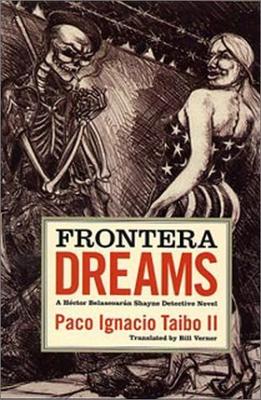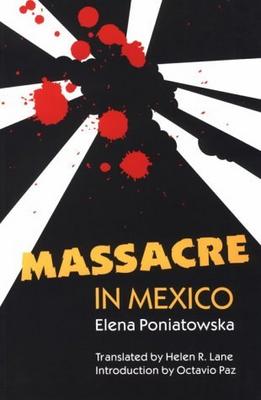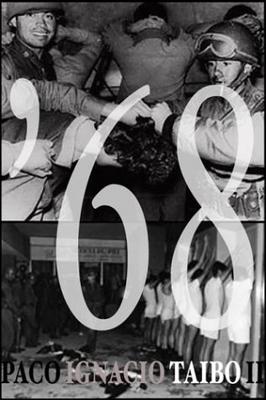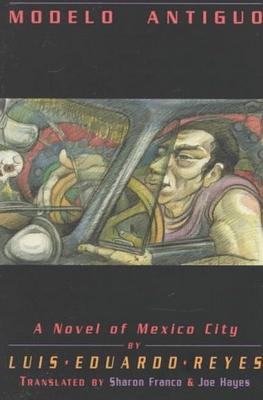Frontera Dreams

If you haven’t yet read any of Paco Taibo’s Hector Beascoaran Shayne detective novels yet, be prepared for something wildly different than your usual detective fare. This is so much more than a mystery.
In Frontera Dreams, Hector is asked by the daughter of his old high school sweetheart now a big movie star, to track down her mother whom she feels is in danger. He leaves his Mexico City and heads out for the border looking for her. As he travels through the villages heading for the border, he travels through his memories as well. There is the reference to Tlateloco, the Mexico of the late 60’s and his memories of the sweetheart turned actress with the unlikely name of Natalia Smith-Corona.
The one-eyed, much scarred Shane battles with narcotraficantes, comtemplates the life these border people have, communes with the ghost of none other than Pancho Villa, recites and remembers poetry, hears the story of the 300 missing Zacatecas prostitutes and learns of the legend of the Chinese guy that jumped the fence of the US /Mexico border seven times in one day all the while doing his job finding Natalia.
Paco Ignacio Taibo, II is one of Mexico’s foremost writers. His character Shane has been knifed, scarred, wounded, killed – yes killed and resurrected by Taibo yet again. This story doesn’t have the feel of the other Shane novels, but those take place in Mexico City where the pace is different. Taibo captures the meandering crazy desperation of the border towns expertly in this literary and intense novel.





